Rising Incidence of Limb Loss
The increasing prevalence of limb loss due to various factors such as diabetes, vascular diseases, and trauma is a primary driver for the Prosthetic Liners Market. According to health statistics, the number of amputations is projected to rise, leading to a greater demand for prosthetic solutions. This trend is particularly evident in regions with high rates of diabetes, where complications often necessitate limb amputation. As the population ages, the incidence of conditions leading to limb loss is likely to increase, further propelling the need for advanced prosthetic liners. The Prosthetic Liners Market must adapt to this growing demand by innovating and expanding product offerings to cater to a diverse range of users, ensuring comfort and functionality.
Technological Innovations in Prosthetics
Technological advancements in prosthetic design and materials are significantly influencing the Prosthetic Liners Market. Innovations such as 3D printing and smart materials are enhancing the performance and comfort of prosthetic liners. For instance, the introduction of lightweight, breathable materials has improved user experience, making prosthetics more accessible and comfortable for daily wear. Furthermore, the integration of sensors and smart technologies into prosthetic liners is expected to enhance functionality, allowing for better user feedback and adjustments. As these technologies continue to evolve, the Prosthetic Liners Market is likely to witness increased investment and research, driving growth and expanding the range of available products.
Customization Trends in Prosthetic Solutions
Customization is becoming increasingly important in the Prosthetic Liners Market, as users seek tailored solutions that meet their specific needs. The demand for personalized prosthetic liners is driven by the recognition that each individual's anatomy and lifestyle are unique. Manufacturers are responding by offering customizable options, allowing users to select features such as fit, material, and design. This trend not only enhances user satisfaction but also improves the overall effectiveness of prosthetic devices. Market analysis suggests that companies that prioritize customization are likely to gain a competitive edge in the Prosthetic Liners Market, as they cater to the diverse preferences and requirements of their clientele.
Increased Investment in Healthcare Infrastructure
The expansion of healthcare infrastructure, particularly in developing regions, is a significant driver for the Prosthetic Liners Market. Governments and private entities are investing in healthcare facilities and rehabilitation services, which include prosthetic fitting and support. This investment is crucial for improving access to prosthetic solutions, as it enables more individuals to receive the necessary care and products. As healthcare systems evolve, the demand for high-quality prosthetic liners is expected to rise, driven by the need for effective rehabilitation solutions. The Prosthetic Liners Market must align with these developments to ensure that products meet the growing expectations of healthcare providers and patients alike.
Growing Awareness and Acceptance of Prosthetic Solutions
There is a notable increase in awareness and acceptance of prosthetic solutions among the population, which is positively impacting the Prosthetic Liners Market. Educational campaigns and advocacy for individuals with disabilities have contributed to a more inclusive society, encouraging those in need to seek prosthetic solutions. This shift in perception is leading to higher adoption rates of prosthetic devices, including liners, as individuals recognize the benefits of improved mobility and quality of life. Market data indicates that regions with robust support systems and community resources are experiencing faster growth in the adoption of prosthetic technologies. Consequently, the Prosthetic Liners Market is positioned to expand as more individuals pursue these life-enhancing solutions.




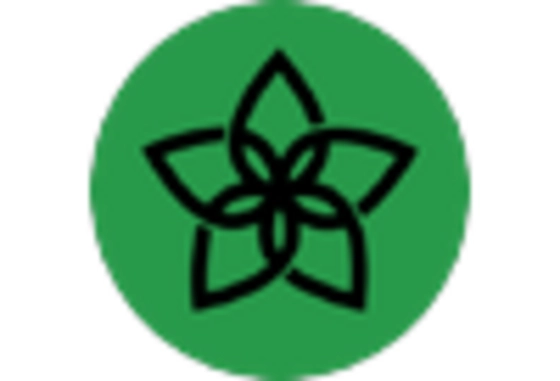

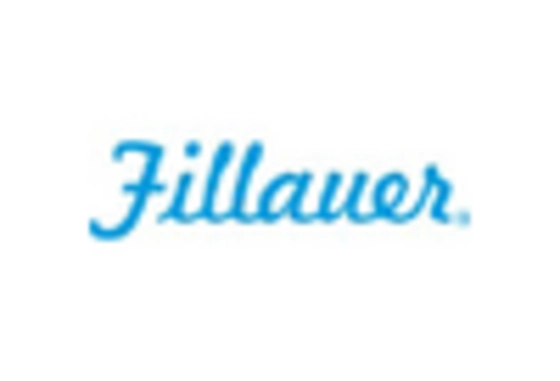
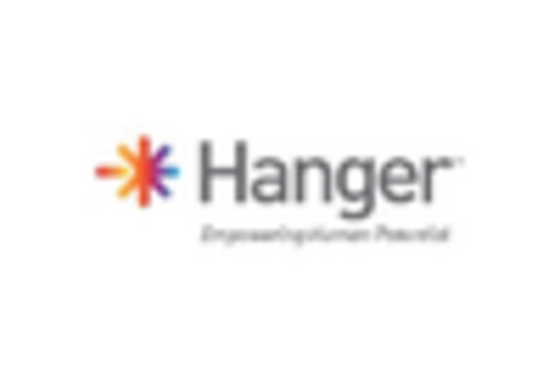
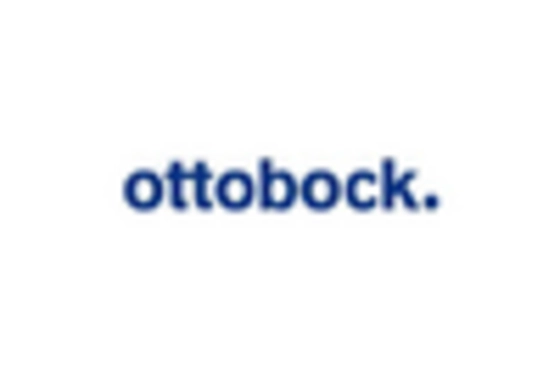
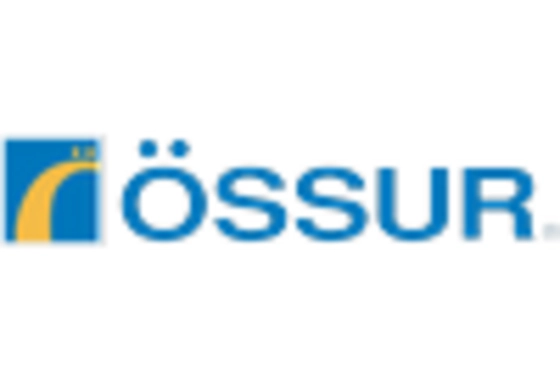








Leave a Comment